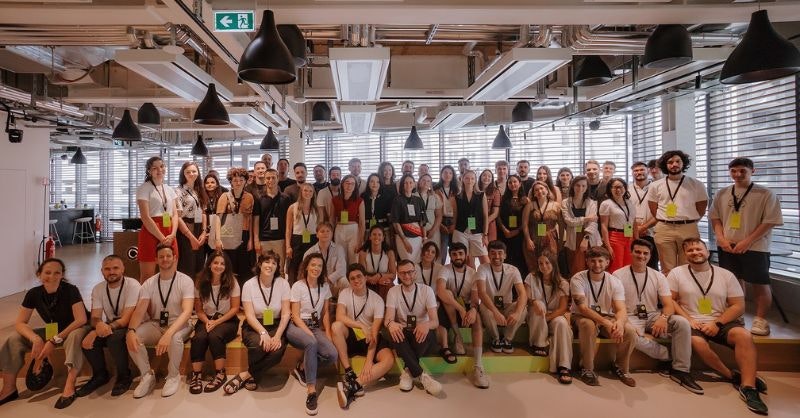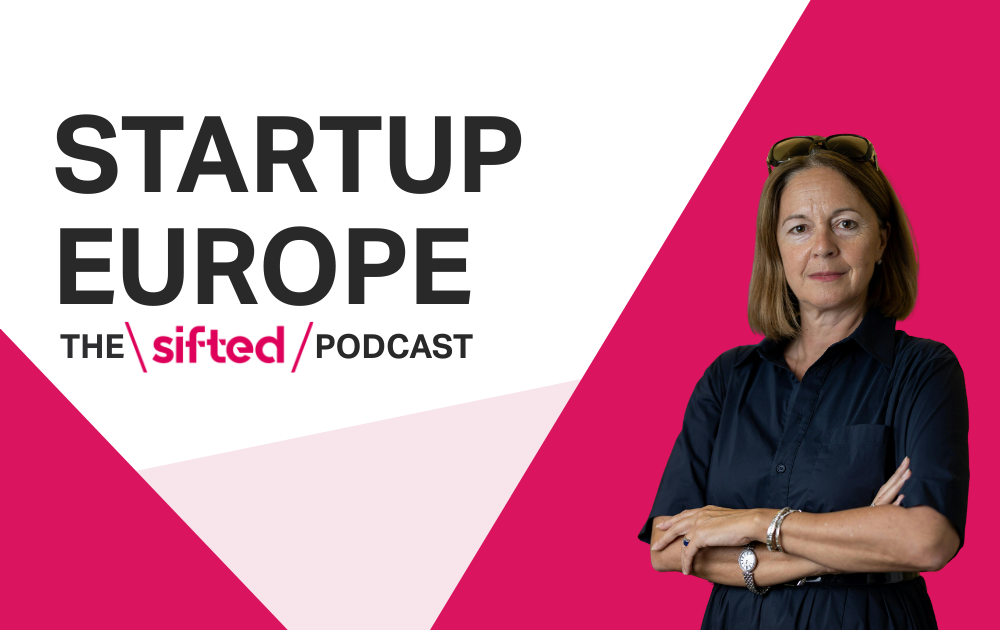It is really hard to make people in VC and startup land think about the future. At least beyond the immediate future. Economist John Maynard Keynes said it poignantly almost 100 years ago: ‘In the long run, we are all dead.’ So, who cares?
Short-termism is particularly tricky in our ecosystem, however. Shouldn’t founders be tackling the biggest and hardest challenges today, for a better tomorrow? Shouldn’t VCs be funding disruptive innovators building our future economy? Isn’t that the premise of what we do?
The fact that most of us don’t is a problem that is inherent in the venture capital model — dating back to the 1940s, Keynes’s times. What we need to do is finally disrupt the disruptors who are financing our economic future today.
Two systemic failures in VC we need to address
The baseline components of the VC model have not evolved at all since venture capital came to life almost 100 years ago. Those components are increasingly leading to systemic failure and sub-par societal outcomes.
Two and twenty and 10+2 are the two magical screws that keep the system tight. We need to loosen both of them.
The first of those defines how VCs are paid. Independently from performance, funds receive an annual management fee to cover their costs (salaries, travel, office etc), usually of about 2% of assets under management. On top of that, they keep 20% of the additional returns they produce for their LPs — in case some of their investments indeed turn from paper-unicorns to exit-able companies.
In the last decades, this incentive structure has led to the rise of platform VCs such as a16z or Sequoia. They accrued billions worth of assets under management leading to hundreds of millions in annual management fees. The result: they’re not financially dependent on their investment success to sustain themselves and become rich. Alignment with the underlying startup companies doing well is minimal.
The second ‘screw’, 10+2, establishes a clear investment timeline. VCs are obliged to invest in and exit their startups within a maximum of 12 years — with very little flexibility. LPs require payouts, understandably.
But the wicked problems of our time — and the tech we need to tackle them — from climate change and the energy transition to new industrial production, baselayer AI and healthcare, aren’t short term. The recent failure of accounting startup Bench makes the problem of this short-termism all too obvious. In fact, big problems and startups tackling them likely require long-term investment horizons and a lot of flexibility. Evergreen models that would allow for both are almost impossible to raise money for in VC.
New VC?
Short-termism and blitzscaling are still endemic in venture capital. It’s a culture that has reproduced itself over generations and one baked into a seemingly ‘unchangeable system’. Very few people — Marie Ekeland at 2050 being one of the most outspoken reformers — are pushing for system-level change. For the people on the inside though, VC isn’t broken at all, so why change it?
If we take the promise of VC seriously — funding innovation and disruptive technology — this is where we need to attack. In order to fund the new economy, we need new VC, too.
Who’s going to do this? The power mostly lies in the hands of a group we don’t talk about enough: the asset owners and limited partners. In Europe, state funds especially — often economic development banks funnelling tax money into VC — should be aligned with this re-alignment of VC. Last year, they wrote almost 40% of VC cheques in Europe, and are powerful enough to change incentives. They also have the mandate to think long term — for infinity — and beyond ‘returns at all cost’.
On a systemic level the model of two and twenty and 10+2 keep investors — and hence founders depending on investors’ money — within a certain framework and mindset. More flexible time horizons and a dis-incentivisation to depend on the management fee (in favour of the more aligned carried interest) are key to re-jigging the system. Experimenting with evergreen fund models is one way to do this. Many LPs would need to change their investment requirements to enable this. Fortunately, we as tax-payers and pension-payers have a word in this — let’s ask?
Given where the US is heading in terms of policy and narrative, and how much momentum there is in Europe for more focus on startups (EU.Inc being one example of this push), there is a real opportunity. What we need to desperately avoid is continuing to copy and paste Silicon Valley.
I strongly believe we have both the financial firepower — especially with more pension money coming in — and the progressive will to build a new venture capital. Let’s rally together and put our tax and pension money where our mouths are.




